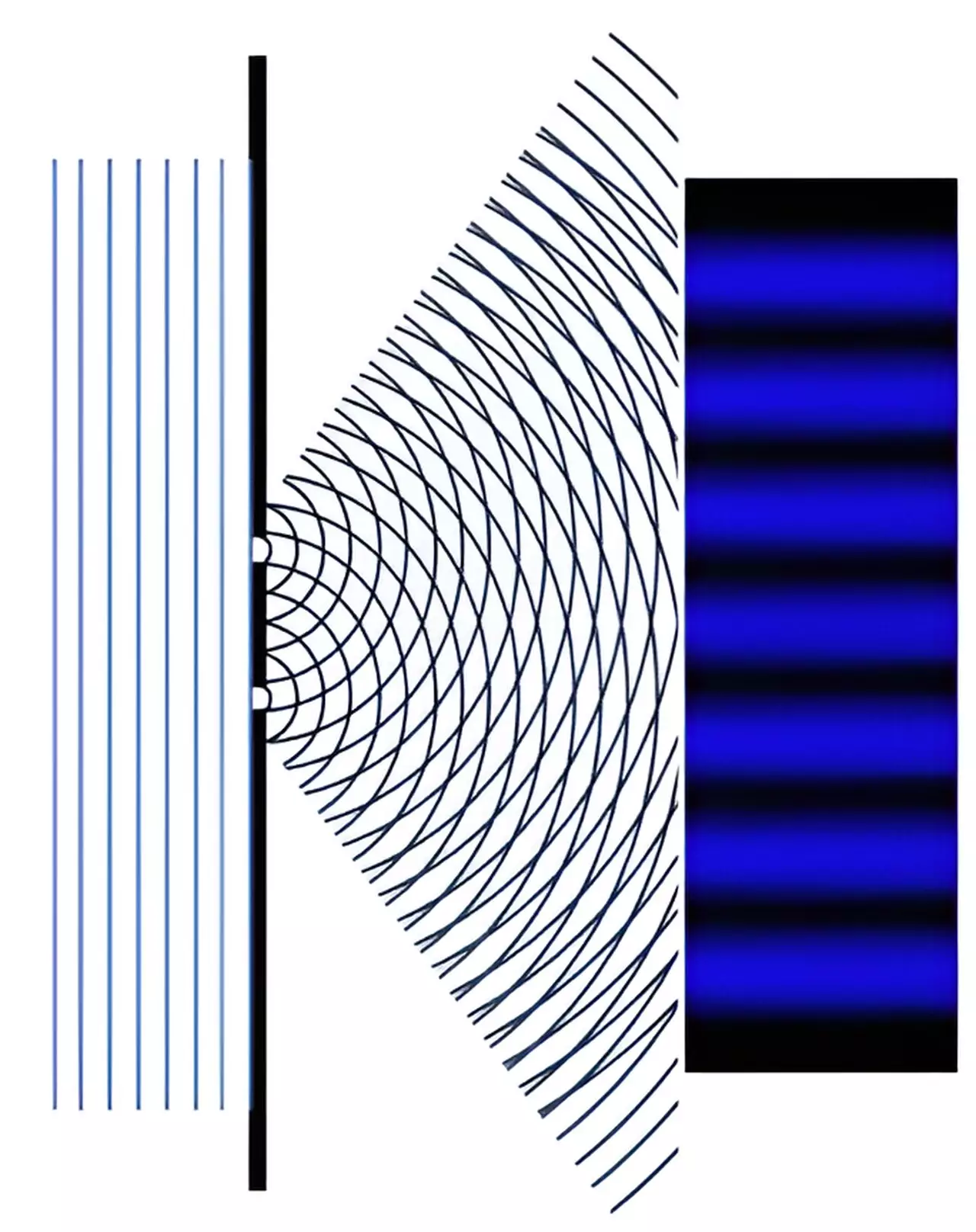The realm of quantum computing stands poised on the precipice of monumental breakthroughs, with ongoing research exploring profound implications for the future of technology. A particularly exciting facet of this research is the theoretical development of topological quantum computers, which promise to be far more stable and powerful than anything currently available. However, unlocking their potential hinges on the discovery and manipulation of an elusive type of qubit—the topological qubit. In this article, we delve into the recent findings related to “split-electrons” and their significance in the quest for topological quantum computing.
The Foundation of Conventional Computing
Traditional computing is built upon the principles of classical mechanics, relying on bits that represent data as either a zero or a one. In contrast, quantum computing utilizes qubits, which can exist in multiple states simultaneously, thanks to the peculiarities of quantum mechanics. This exponential increase in processing power arises from the ability of qubits to occupy superpositions of states. However, current technologies hinge on fragile qubits that are susceptible to small environmental disturbances—a fundamental limitation when it comes to scalability.
The Promise of Topological Qubits
Topological quantum computers present a solution to this fragility through the theoretical workings of topological qubits, which are predicted to possess higher levels of stability due to their inherent robustness against local disturbances. At the core of this development lies the concept of “Majorana fermions,” exotic particles that can emerge in specific conditions within a quantum system. If these fermions can be effectively created and manipulated, they would form the basis of effective topological qubits, capable of undergoing calculations with significantly fewer errors compared to their conventional counterparts.
Exploring the Nature of Split-Electrons
Recent research led by Professor Andrew Mitchell and Dr. Sudeshna Sen has presented a tantalizing possibility with the discovery of “split-electrons.” Historically, electrons have been viewed as indivisible particles, yet quantum mechanics reveals that under certain conditions, such as in nano-scale electronic circuits, they can exhibit behaviors akin to being split. This extraordinary property could allow groups of electrons to behave collectively in ways that mimic the existence of Majorana fermions.
Through the manipulation of electrons in nano-scaled environments, researchers have observed a phenomenon of quantum interference. This effect occurs when electrons traverse distinct pathways within a circuit that can lead to notable variations in current flow. By tightly constraining multiple electrons, researchers have demonstrated that the standard behavior of these particles can be altered, resembling a split or paired existence. The process appears to hinge on their strong repulsive interactions, leading to a new form of collective electron behavior that could form the crux of future computational systems.
A significant analogy can be drawn between the interference observed with electrons in these nanoelectronic circuits and the famous double-slit experiment that laid the groundwork for quantum mechanics. In that experiment, electrons demonstrated wave-like properties when passed through two closely spaced slits, creating patterns indicative of interference. By observing that one electron can traverse both paths concurrently, we glean insight into the underlying principles dictating quantum mechanics.
Likewise, in the newly studied circuits, electrons are given the opportunity to navigate different pathways, eliciting wave-like behaviors that allow for interference effects to manifest. Understanding how these quantum interferences can lead to the emergence of split-electron states provides researchers with valuable insight into the potential mechanics behind topological qubits.
The findings by Mitchell and Sen not only open avenues for ground-breaking advancements in quantum computing but also pave the way for broader applications in nanotechnology and materials science. As researchers continue to refine their understanding of these phenomena, it will be possible to develop practical methods for realizing Majorana fermions in electronic devices. This development could lead to devices capable of efficient error correction and enhanced computational abilities, ultimately making quantum computation more viable for real-world applications.
While much work still lies ahead, the concept of topological quantum computers fueled by split-electrons serves as an exciting frontier in the scientific exploration of the quantum realm. As theoretical foundations solidify and experimental validations unfold, we edge closer to a future defined by unprecedented computational capabilities, assuring that the journey into quantum technologies has only just begun.


Leave a Reply
You must be logged in to post a comment.